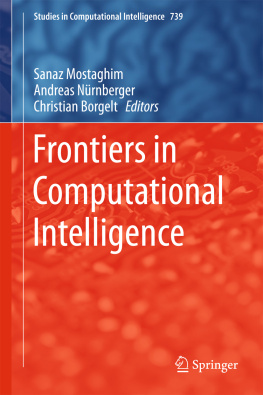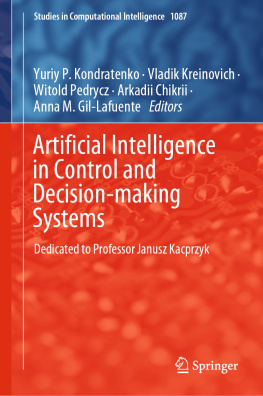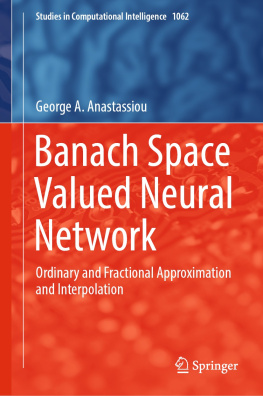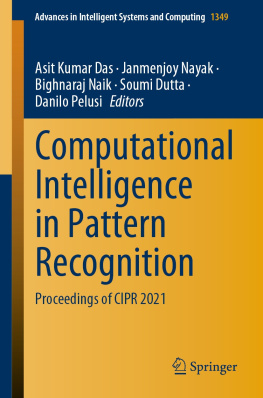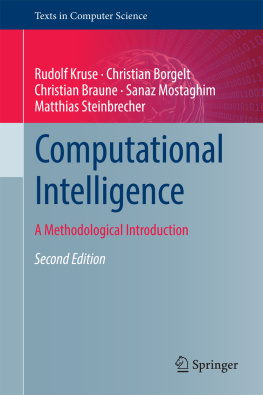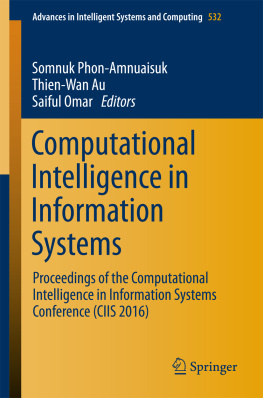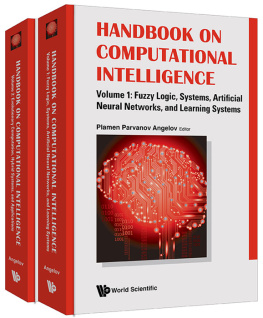Introduction
Although in the literature there appear type-one fuzzy sets, type-two fuzzy sets, intuitionistic fuzzy sets, etc., this theoretically driven paper tries to argue that only one type of fuzzy sets actually exists. This is due to the difference between the concepts of a fuzzy set and a membership function. Both concepts deserve to be clarified.
Fuzzy sets can, for instance, be contextually specified by a membership function with values in the real unit interval but, nevertheless, membership functions with values out of this interval can be, in some situations, significant, suitable and useful. Situations in which either the range of their values cannot be presumed to be totally ordered, or it is impossible to precisely determine the membership numerical values, or the linearly ordered real unit interval produces a drastic simplification of the meaning of the fuzzy sets linguistic label by enlarging it through its working meaning.
Indeed, this paper negates the existence of other fuzzy sets than fuzzy sets, but it shows the possible suitability of designing their membership functions for sufficiently representing them, with as much as possible information available on the contextual behavior of the linguistic label. If, as Zadeh likes to say, fuzzy logic is a matter of degree, it is also a matter of design.
This paper starts with some historical notes on the development of the linguistic approach to fuzzy sets and fuzzy logic in the second half of the 1960s and in the first years of the 1970s. In the subsequent sections the paper presents a change of perspective by placing fuzzy sets in their natural domain, plain language; by going from general definitions to design in a given context, and depending on the meaning of the corresponding linguistic label inasmuch as a fuzzy set membership function should be carefully designed []. That is, they should be built up through a typical process of design, in which the simplicity of representation is a not to be forgotten practical value. Meaning is, indeed, only attributable to statements, and if simplicity is always considered as beautiful in science, design is an art.
The main problem, to put it roughly, is representing words in a formal framework, similar to what Gottfried Wilhelm Leibniz had proposed more than 340 years ago. With his famous Calculemus! he intended to resolve any differences of opinion: The only way to rectify our reasonings is to make them as tangible as those of the Mathematicians, so that we can find our error at a glance, and when there are disputes among persons, we can simply say: Let us calculate [calculemus], without further ado, to see who is right. [, p. 51].
We can find this idea of reducing reasoning to calculations already in the late 13th century in the work of the Catalonian, Ramon Llull. In his Art Abreujada dAtrobar Veritat (The Abbreviated Art of Finding Truth), later published under the title Ars generalis ultima or Ars magna (The Ultimate General Art [Lull]. Leibniz had written his dissertation about Llulls Art magna and he named it ars combinatoria [, p. 30].
Llull and Leibnizs arts have been steps on the plan for computing with concepts. All this deserves to be explained step-by-step; and in the first place, particularly the determination of words admitting of such a representation and where and by means of what is actually possible.
Remark What will not be taken into account in this paper are cases like that of the functions emerging from the aggregation of sets; that is, from aggregating their Characteristic Functions. For instance, if in the universe X = {1, 2, 3, 4} the sets A = {1, 3}, and B = {1, 3, 4} are aggregated by the mean M (a, b) = (2a + 3b)/5, what is obtained is not a set but the function (2A + 3B)/2 = 1/1 + 0/2 + 1/3 + 0.6/4, that is able to represent a fuzzy set provided a linguistic label for it (induced from those of A and B) can be known.
What Is It a Fuzzy Set?
2.1. Fuzzy Sets were launched in 1964 in three seminal papers by Lotfi A. Zadeh, a professor and chairman in the department of Electrical Engineering at the University of California, Berkeley. Zadeh construed his fundamental term of a fuzzy set without any non-mathematical meaning or application-oriented interpretation.
In the mid-summer of 1964 he was invited to a conference at Wright-Patterson Air Force Base in Dayton, Ohio. In his talk there, Zadeh considered problems of pattern classification, e.g. the process of representing the object patterns into a set of real variables which represent these patterns correctly and which would also be accepted by a computer.
Immediately after his travels he wrote on Fuzzy sets dealing with two problems:
Abstraction the problem of identifying a decision function on the basis of a randomly sampled set, and
Generalization referred to the use of the decision function identified during the abstraction process in order to classify the pattern correctly.
Zadeh first published this paper with his close friend Richard Bellman und Robert Kalaba as co-authors as a RAND-memo, and two years later in a scientific journal. Here he defined a fuzzy set as a notion which extends the concept of membership in a set to situations in which there are many, possibly a continuum of, grades of membership. [, p. 1].
As a historically interested system theorist he had written the article From Circuit Theory to System Theory for the anniversary edition of the Proceedings of the IRE to mark the 50th year of the Institute of Radio Engineers in May 1962. In this article he stressed the fundamental inadequacy of the conventional mathematicsthe mathematics of precisely-defined points, functions, sets, probability measures, etc.for coping with the analysis of biological systems, and that to deal effectively with such systems, which are generally orders of magnitude more complex than man-made systems, we need a radically different kind of mathematics, the mathematics of fuzzy or cloudy quantities which are not describable in terms of probability distributions [].
Two years later he had found this new mathematics and he explained its concepts in his second seminal paper: Essentially, these concepts relate to situations in which the source of imprecision is not a random variable or a stochastic process but rather a class or classes which do not possess sharply defined boundaries [, p. 29].
In his third seminal paper, Fuzzy Sets, he motivated the need for his new theory as follows: More often than not, the classes of objects encountered in the real physical world do not have precisely defined criteria of membership. For example, the class of animals clearly includes dogs, horses, birds, etc. as its members, and clearly excludes such objects as rocks, fluids, plants, etc. However, such objects as starfish, bacteria, etc. have an ambiguous status with respect to the class of animals. The same kind of ambiguity arises in the case of a number such as 10 in relation to the class of all real numbers which are much greater than 1. Clearly, the class of all real numbers which are much greater than 1, or the class of beautiful women, or the class of tall men, do not constitute classes or sets in the usual mathematical sense of these terms [].

